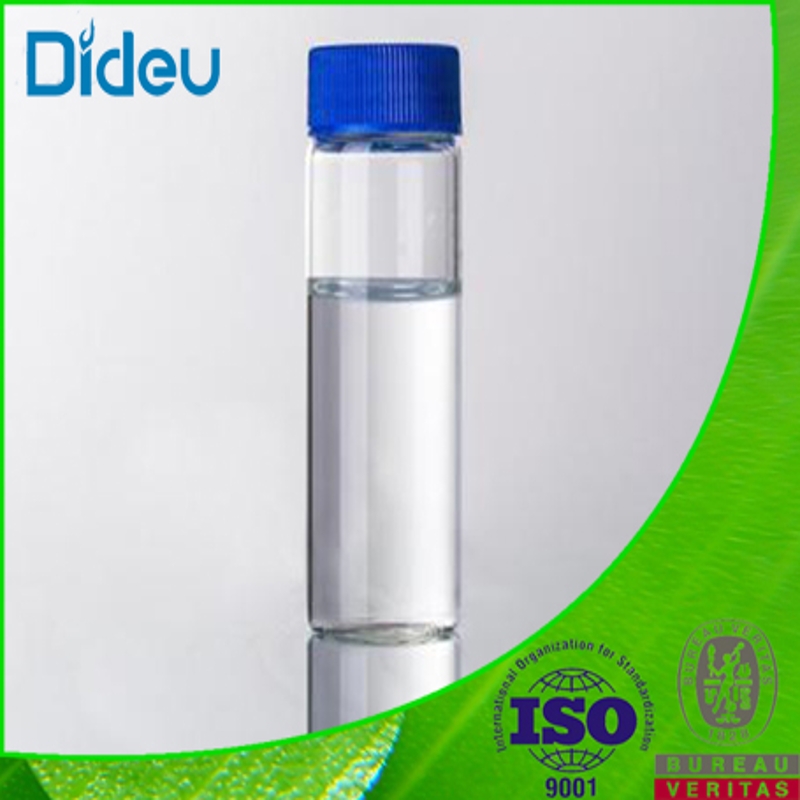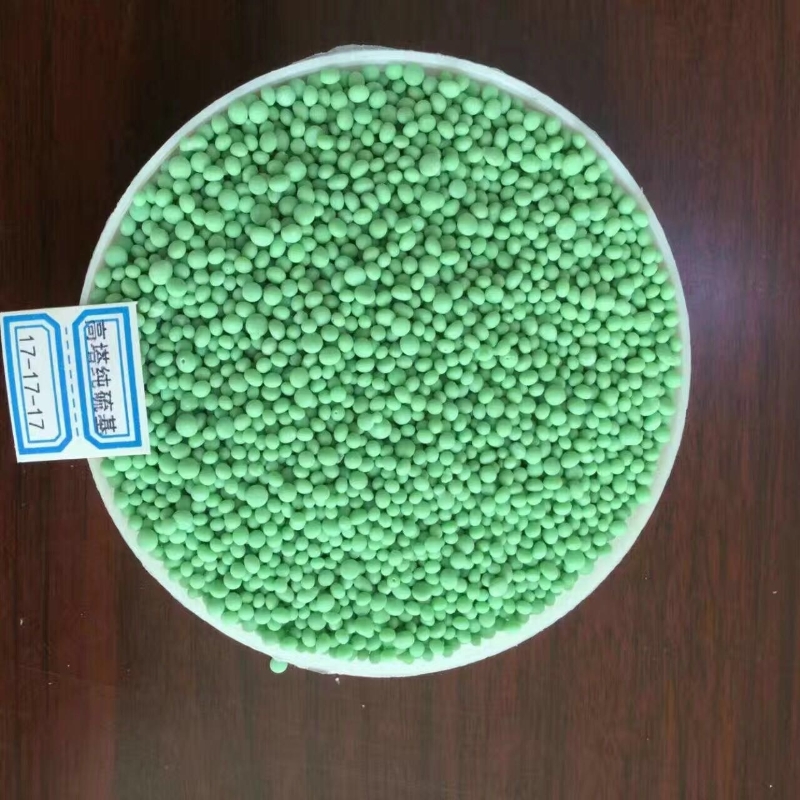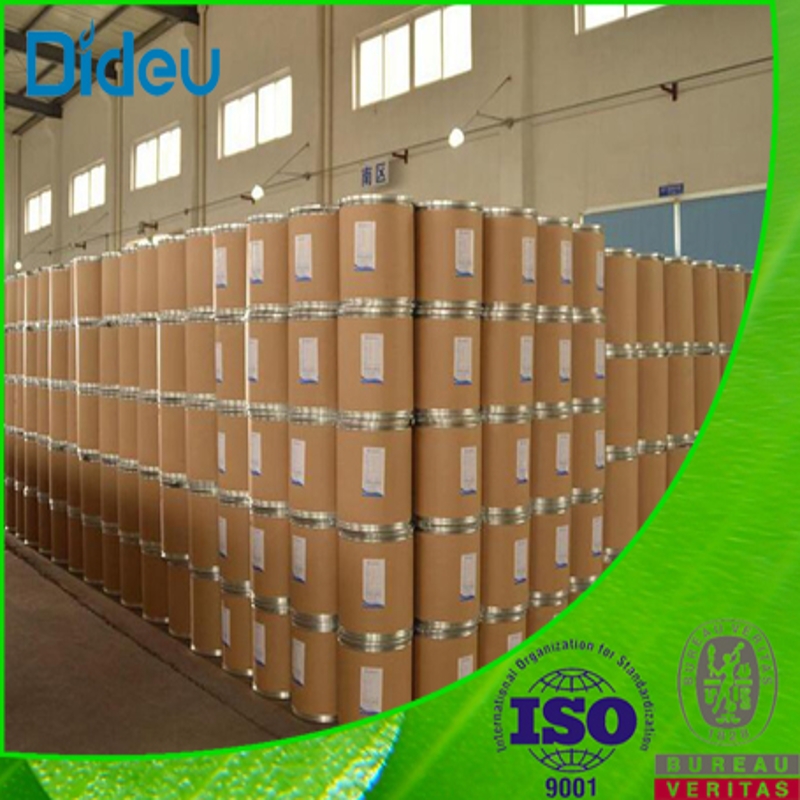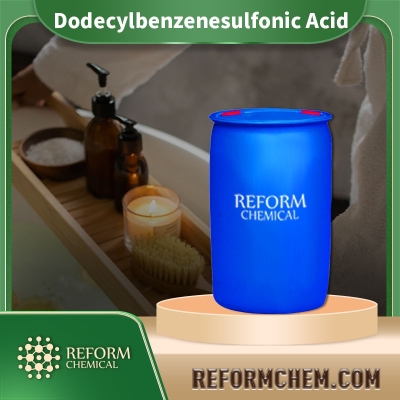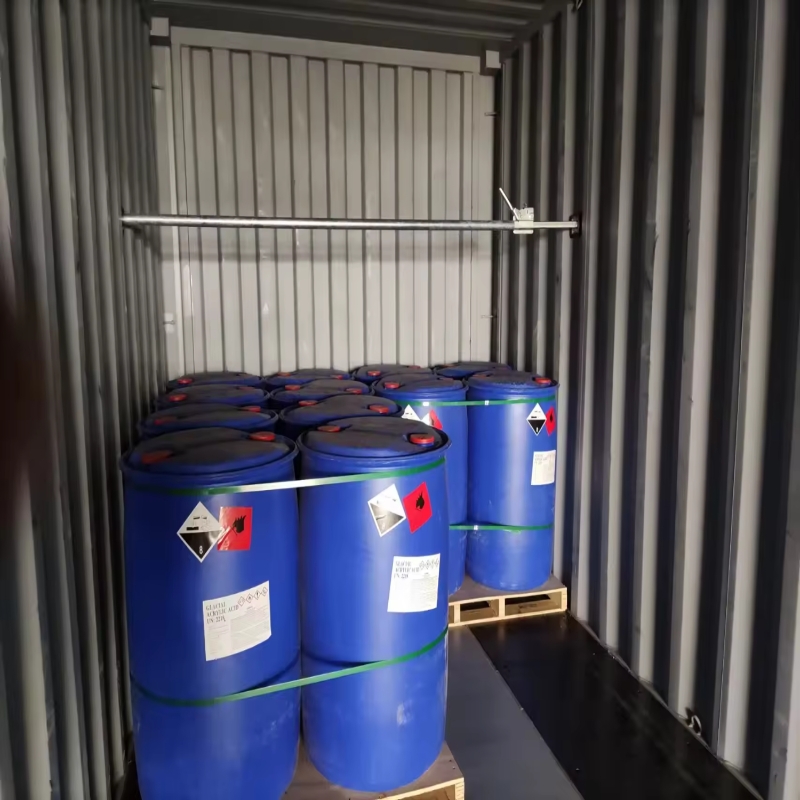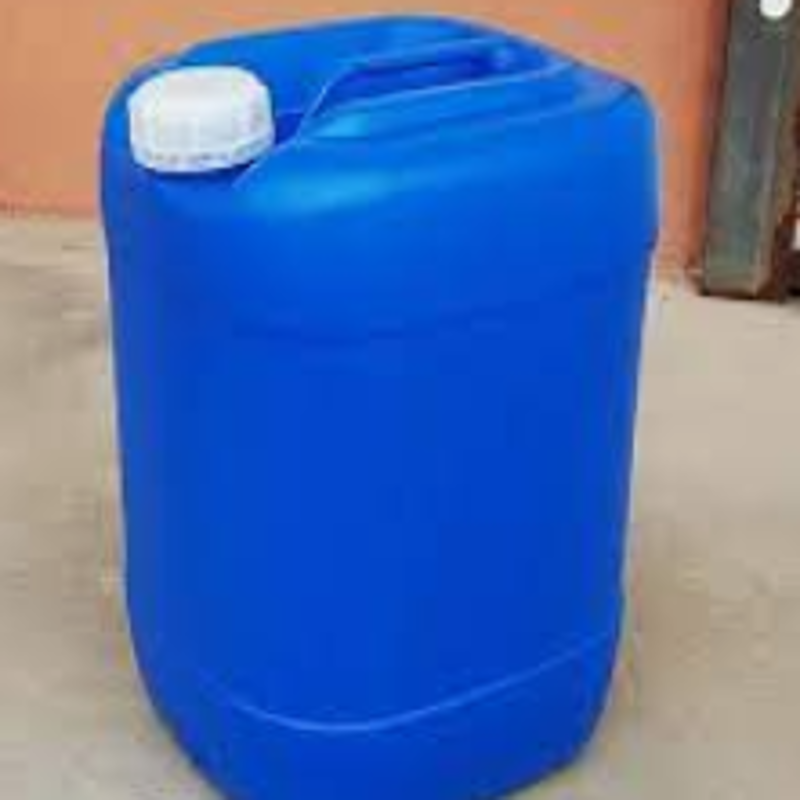Water Treatment Chemical
- • Biocide & Algicide (38)
- • Corrosion Inhibitor (50)
- • Flocculant (54)
- • Water Softener (29)
- • Water Stabilizer (43)
Related News
-
Is MgSO4 Soluble in Water? Everything You Need to Know!
2023-07-17 -
Distilled vs Deionized Water: What’s the Difference?
2023-05-16 -
Curious Chemical Makeup Of Carbonated Water Chemical Structure
2022-11-25 -
Do you know why does salt increase the boiling point of water?
2022-07-07 -
Exploration of burdink two-component water-based paint
2019-11-18 -
LANXESS showcases innovative water treatment technologies
2019-10-31
Water Softener
Sodium chloride
(7647-14-5)-
Industrial grade / 99%
$1-1.3/KG FOB
-
Chemical Grade / 98%
-
Industrial Grade / 99%
-
Industrial Grade / 99%
Request for quotation , get quotes from more suppliers.
Sodium chloride
(7647-14-5)-
Industrial grade / 99%
$1-1.3/KG FOB
-
Chemical Grade / 98%
-
Industrial Grade / 99%
-
Industrial Grade / 99%
Request for quotation , get quotes from more suppliers.
Citric acid
(77-92-9)-
Food Grade / 99%
-
BP/EP/USP/FCC grade / 99%
$1-1.2/KG EXW
-
Food Grade / 99.9%
-
Industrial Grade / 99%
Oxalic acid
(144-62-7)-
Industrial Grade / -
-
Industrial grade / 99%
$1-1.3/KG FOB
-
Industrial Grade / 97%
$0.1-0.11/KG FOB
-
Industrial Grade / 99.6%
Water
(7732-18-5)-
Pharmacy Grade / 99%
-
Biochemical Grade / 99%
-
Industrial Grade / 99.9%
-
- / 99.00%
Request for quotation , get quotes from more suppliers.
Source Water Softener Products Supply
Diammonium hydrogen phosphate
(7783-28-0)-
$350-400/MT EXW
-
Agricultural Grade / 60%
-
Industrial Grade / 98%
-
Food Grade / -
Diammonium hydrogen phosphate
(7783-28-0)-
$350-400/MT EXW
-
Agricultural Grade / 60%
-
Industrial Grade / 98%
-
Food Grade / -
Polyacrylamide
(9003-05-8)-
Water Treatment Level / 99%
-
Water Treatment Level / 95%
-
Water Treatment Level / 90%
-
Water Treatment Level / -
Activated charcoal
(64365-11-3)2. Used for PSA separation of air and preparation of nitrogen.
3. Mainly used in the Chinese or western original drug in pharmaceutical industry.
4. It is suitable for the decoloring and deodorization of brewing industry, production of
-
Water Purifier / -
-
Chemical Grade / 99%
$10/KG FOB
-
Top Product / 99%
-
Dodecylbenzenesulfonic acid
(27176-87-0)-
Industrial grade / 99%
$0.9-1.1/KG FOB
-
Industrial Grade / 99%
-
Industrial Grade / 99%
-
Industrial Grade / 99%
Request for quotation , get quotes from more suppliers.
Source Water Softener Raw Materials by Region
More Information
Water softeners are widely utilized in water treatment processes today. They serve as essential agents for reducing the concentration of dissolved minerals, particularly calcium and magnesium ions, in water. This process, known as ion exchange, helps mitigate the negative effects of hard water, such as scaling and soap scum buildup in pipes and appliances.
Water softeners operate on the principle of ion exchange, wherein calcium and magnesium ions in hard water are exchanged for sodium or potassium ions present in the softening agent. This exchange effectively softens the water, making it more suitable for various domestic and industrial applications.
The main components of water softeners typically include:
•Ion exchange resin beads
•Salt (sodium chloride or potassium chloride)








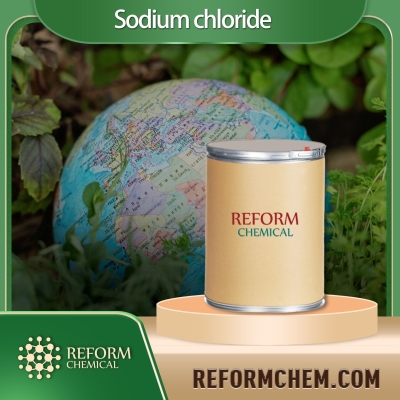
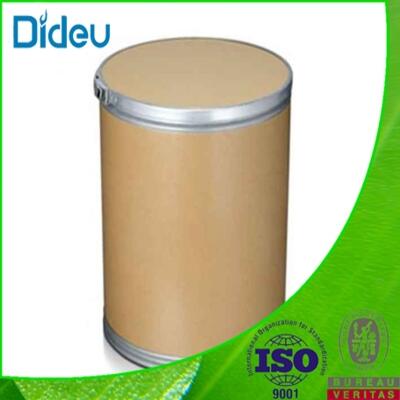


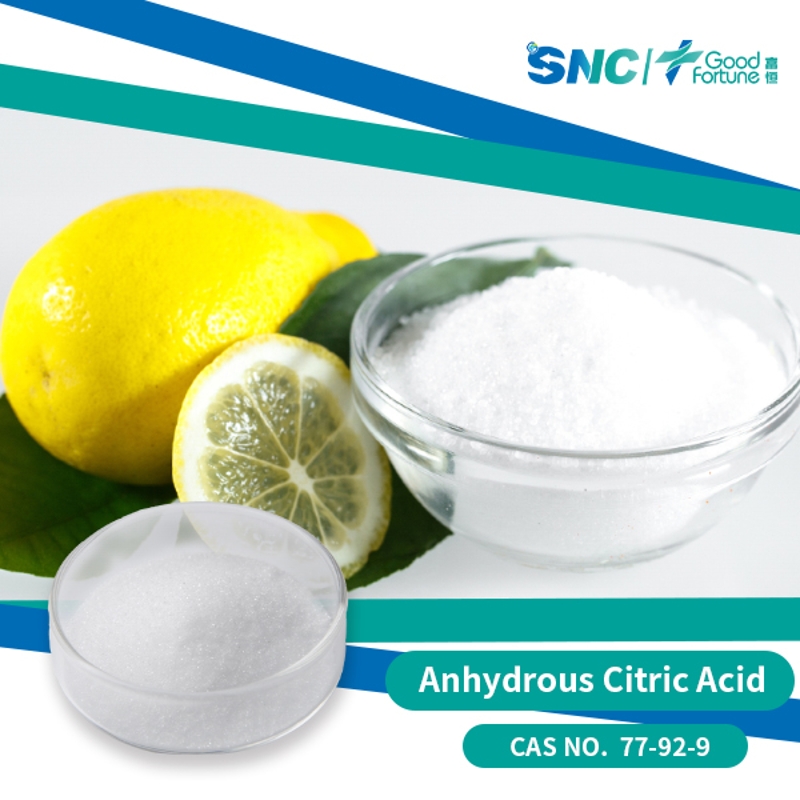
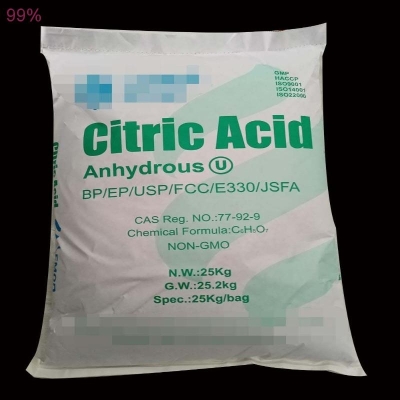
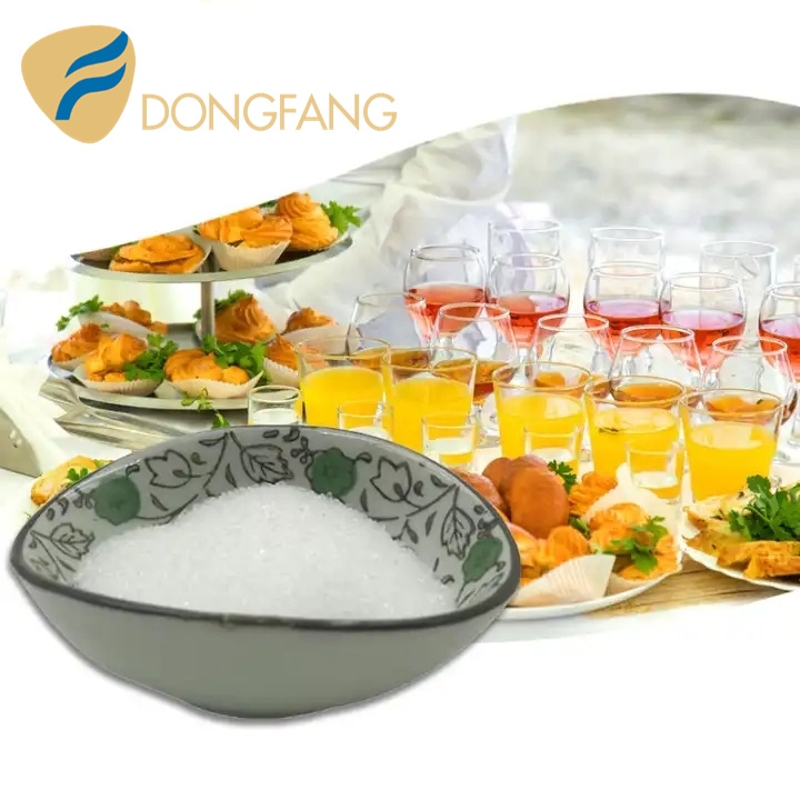
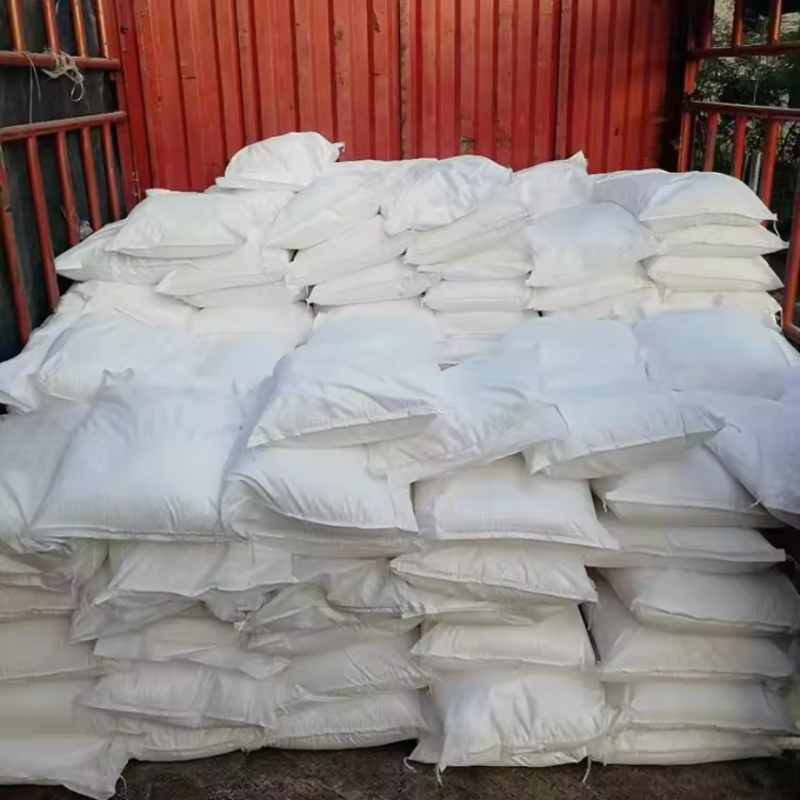


![High Quality 98% Purity of 2-[(4-chlorophenyl)methyl]piperidine hydrochloride CAS 6936-90-9 ISO 9001:2005 REACH Verified Producer buy High Quality 98% Purity of 2-[(4-chlorophenyl)methyl]piperidine hydrochloride CAS 6936-90-9 ISO 9001:2005 REACH Verified Producer](https://file.echemi.com/fileManage/upload/goodpicture/20231012/phenytoin-usp-99-powder-57-41-0-dideu_b20231012171302840.jpg)


